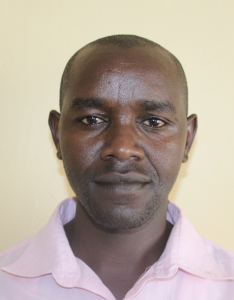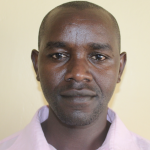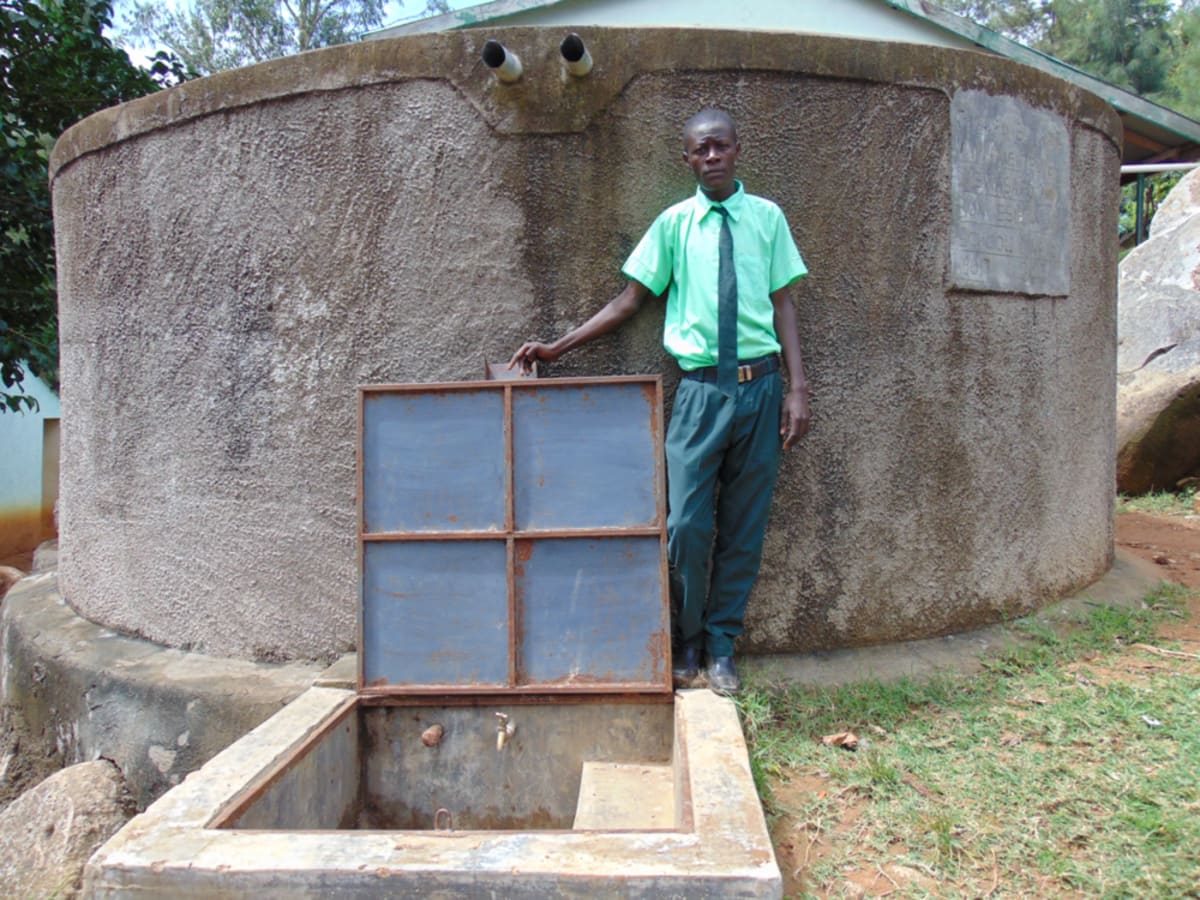Esibila Secondary School was established by the local community who donated the land where the school is built. Their dream became a reality in the year 1999 when the school got its registration certificate from the ministry of education. The school has grown at a steady pace over the years and now hosts 630 students, 28 teachers, and 11 support staff.
The school is situated at a unique location: at the foot of a hill well-known by the locals, who believe it to be the origin of a particular Luhya sub-tribe called "Abasiekwe." They are believed to be rainmakers. But the school is also right by a highway, so it is very noisy due to heavy vehicles hooting and braking at a big corner of the road located right outside the school gate.
Parents are urged to deposit school fees at the bank and submit a slip to the school’s bursar. There are some rare cases of parents paying school fees by making a firewood or food donation.
It was very sad to see a school with such a big student population trying to get by with just six plastic tanks of varying small capacities, the largest one being 10,000 liters. Since the rainwater stored in these plastic tanks is not enough for 630 students, they have to find water elsewhere.
There is a spring in the community. The spring is protected and a great water source, but it is primarily meant for the community. When students arrive at the spring to get the water they need, they are often forced to wait at the back of a large crowd of community members. Moreover, the spring is almost one kilometer away from the school and across that busy highway.
The school principal narrated a story on how a heavy truck lost control and crashed into the neighboring primary school's gate, killing the driver and his assistant on the spot. She further expressed her fear of letting the students cross the road by exclaiming that every time the students go to the spring, she holds her breath until the students return.
There is a well nearby that was never finished. It is a large hole in the ground. The school principal reached out to the well’s sponsor, the Nairobi Rotary Club, to see why they never installed a pump. However, Mrs. Otwoma was never able to get a solid answer.
"I have witnessed students just drinking whatever water is available... if such habits continue, I am afraid that many lives will be at risk of contracting water-related diseases or even losing lives," shared Richard Masinde, the school cook.
What we can do:
Training
"I must admit that we are really lacking in terms of hygiene and sanitation," said Principal Josphine Otwoma.
"When I look around the compound, I pity our students as they just eat the food without washing their hands, exposing themselves to disease-causing germs. Sanitation on the other hand is very pathetic; the girls’ latrines are almost full and some have cracks behind the walls that could collapse anytime."
Training on good hygiene habits will be held for two days. The facilitator will use PHAST (participatory hygiene and sanitation transformation), ABCD (asset-based community development), CTC (child to child), lectures, group discussions, and handouts to teach health topics and ways to promote good practices within the school. The CTC method will prepare students to lead other students into healthy habits, as well as kickstart a CTC club for the school.
Handwashing Stations
This CTC club will oversee the new facilities, such as handwashing stations, and make sure they are kept clean and in working condition. The two handwashing stations will be delivered to the school, and the club will fill them with water on a daily basis and make sure there is always a cleaning agent such as soap or ash.
VIP Latrines
Two triple-door latrines will be constructed with local materials that the school will help gather. Three doors will serve the girls while the other three serve the boys. And with a new source of water on school grounds, students and staff should have enough to keep these new latrines clean.
Rainwater Catchment Tank
A 50,000-liter rainwater catchment tank will help alleviate the water crisis at this school. The school will also help gather the needed materials such as sand, rocks, and water from the spring for mixing cement. Once finished, this tank can begin catching rainfall that will be used by the school’s students and staff.
We and the school strongly believe that with this assistance, standards will significantly improve. These higher standards will translate to better academic performance!
For this school, a rainwater tank is the best solution because it serves two purposes: storage and collection of water. With this intervention, accessing water will be much easier than having to cross a dangerous, busy highway to the spring. That has wasted so much time really meant for studies.

 Rainwater Catchment
Rainwater Catchment
 Rehabilitation Project
Rehabilitation Project


































